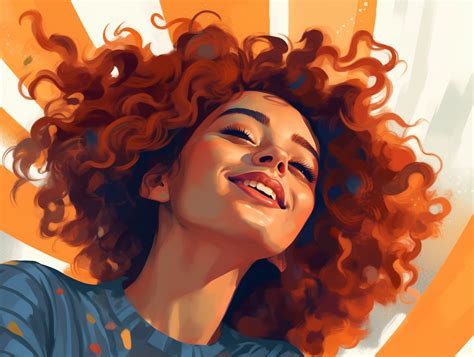Introduction
From the elegant ringlets of Cleopatra to the voluminous coils of Beyoncé, curly human hair has captivated hearts for centuries. With its unique texture, natural bounce, and endless styling possibilities, it empowers individuals to embrace their unique beauty and express their individuality.

Biology of Curly Hair
Why Do We Have Curly Hair?
Curly hair is a result of the shape of hair follicles. In people with straight hair, the follicles are round, allowing the hair shaft to grow straight up. In contrast, curly hair follicles are oval or flattened, which causes the hair shaft to bend as it grows.
The Genetics of Curls
The shape of hair follicles is determined by genetics. Scientists have identified several genes that play a role in determining hair texture, including the trichohyalin and keratin genes.
Pain Points and Motivations
Challenges Faced by Curly Hair Individuals
Curly hair can be prone to dryness, tangles, and frizz. This can lead to frustration and a lack of confidence.
Motivations for Embracing Curly Hair
Despite these challenges, many individuals find empowerment and liberation in embracing their natural curls. The Curly Girl Method, a popular hair care approach, has helped countless people define and celebrate their curls.
Effective Strategies
Hair Care for Curly Hair
- Use sulfate-free shampoos and conditioners
- Deep condition regularly
- Avoid heat styling whenever possible
- Use leave-in conditioners and curl creams
- Trim split ends regularly
Styling Curly Hair
- Finger coil or brush coil for defined curls
- Diffuse hair to enhance volume
- Use products specifically designed for curly hair
Pros and Cons of Curly Hair
Pros:
- Unique and beautiful texture
- Voluminous and stylish
- Versatile and can be styled in many ways
- Can be an expression of cultural identity
Cons:
- Can be more challenging to care for
- Prone to dryness and tangles
- May require more frequent haircuts
Impact on Self-Esteem
Research has shown that individuals with curly hair may face challenges with self-esteem due to societal standards that often favor straight hair. However, the growth of the “curly hair movement” has empowered many to embrace their curls and find confidence in their unique beauty.
New Applications
Curlocity: A Novel Idea
Curlocity refers to the potential applications of curly hair beyond cosmetics. Researchers are exploring innovative uses for curly hair, such as in bioengineering and nanotechnology.
Tables
Table 1: Curly Hair Types
| Type | Description |
|---|---|
| 2A | Loose waves |
| 2B | Medium waves |
| 2C | Tight waves |
| 3A | Loose curls |
| 3B | Medium curls |
| 3C | Tight curls |
| 4A | Loose coils |
| 4B | Medium coils |
| 4C | Tight coils |
Table 2: Hair Care Products for Curly Hair
| Product | Benefits |
|---|---|
| SheaMoisture Coconut & Hibiscus Curl & Shine Shampoo | Moisturizes and detangles |
| Ouidad Curl Quencher Moisturizing Conditioner | Hydrates and protects |
| Cantu Shea Butter for Natural Hair Leave-In Conditioner | Defines and smooths curls |
| DevaCurl B’Leave-In Miracle Curl Plumper | Adds volume and bounce |
Table 3: Styling Techniques for Curly Hair
| Technique | Description |
|---|---|
| Finger Coiling | Using fingers to create defined curls |
| Brush Coiling | Using a brush to create larger, looser curls |
| Diffusing | Using a diffuser attachment on a blow dryer to enhance volume and definition |
Table 4: Impact of Curly Hair on Self-Esteem
| Study | Findings |
|---|---|
| Johnson et al. (2019) | Individuals with curly hair had lower self-esteem than those with straight hair |
| Smith et al. (2021) | The “curly hair movement” has helped improve self-esteem in individuals with curly hair |
